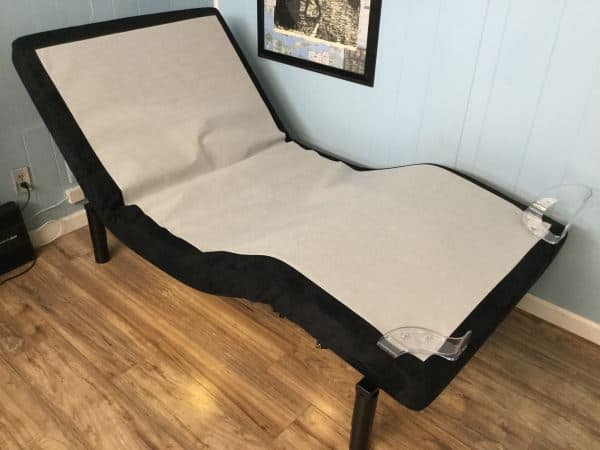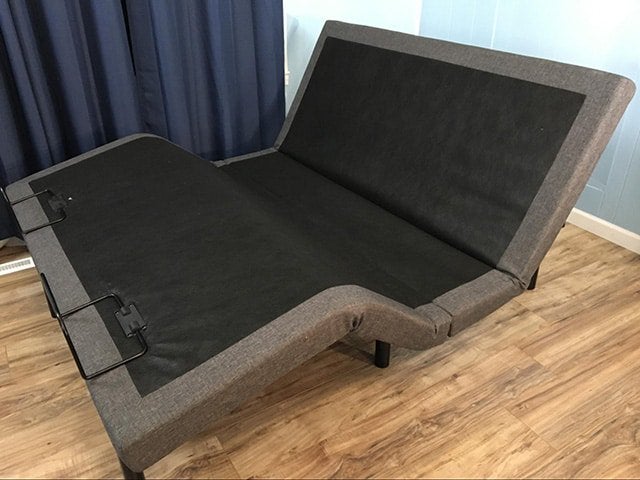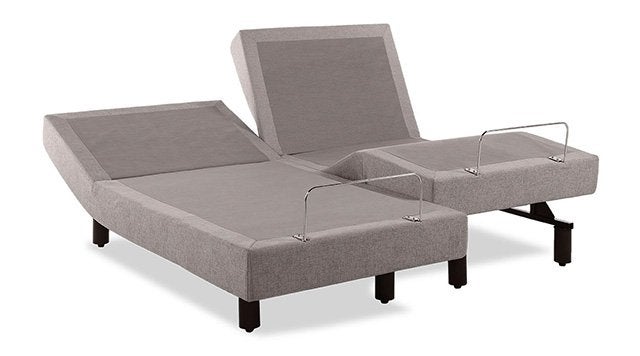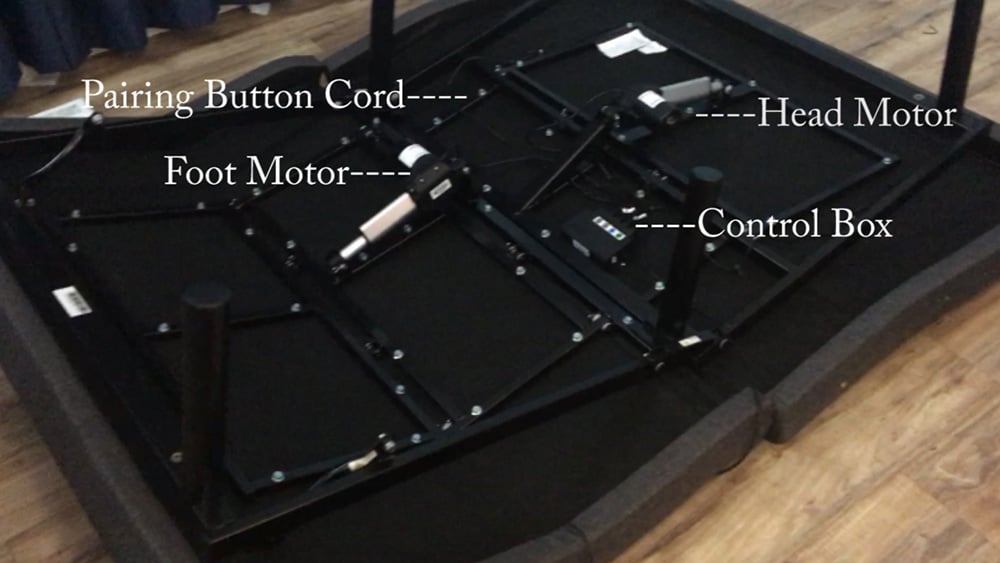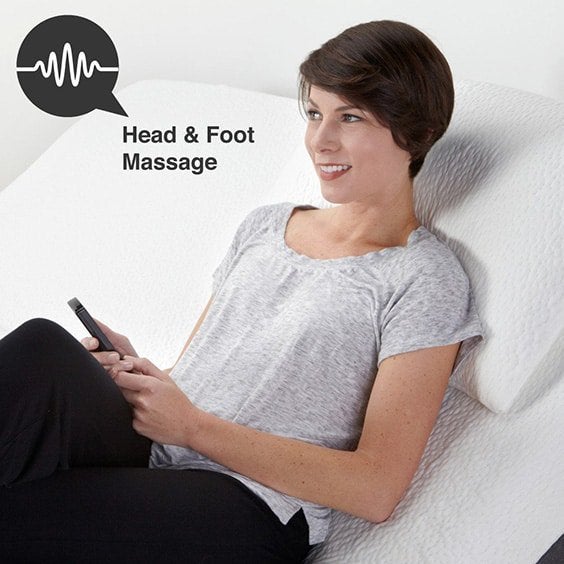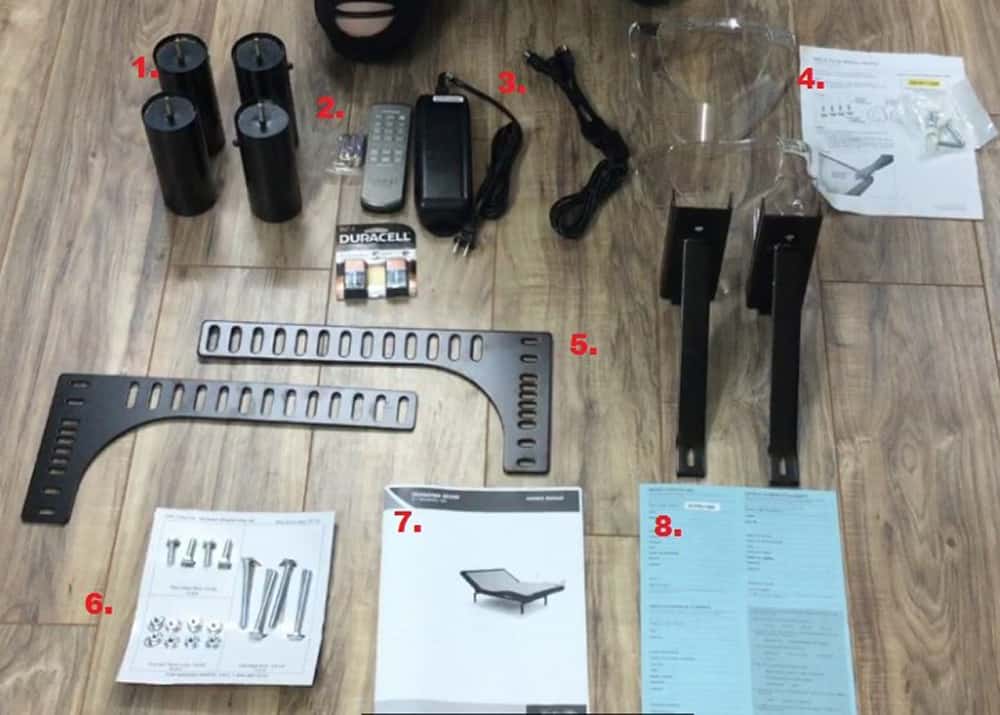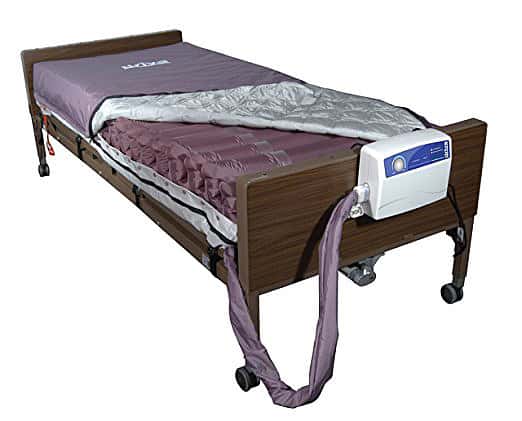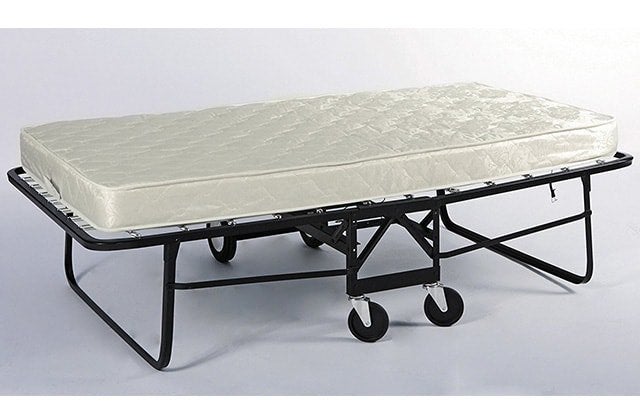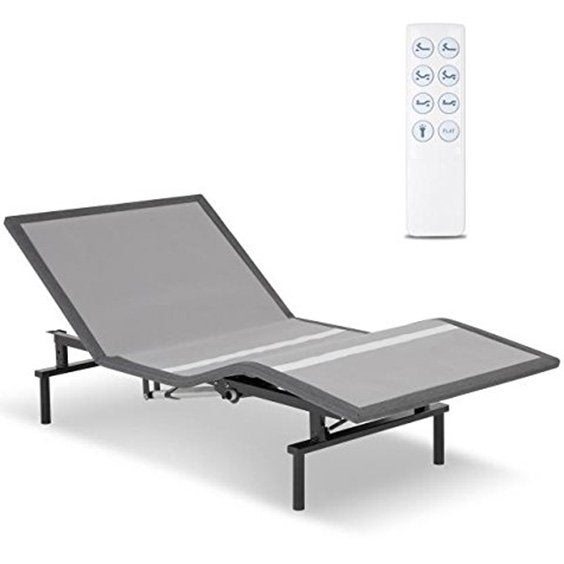Adjustable beds and hospital beds are two distinct pieces of furniture that share one common feature: they have adjustable platforms for your head and feet that let you change the angle that these respective body parts make with the floor. Beyond this, the two are vastly different. However, newbies are often confused when someone refers to a hospital bed as an adjustable bed (because of the shared adjustment functionality). I’ve done this adjustable bed vs hospital bed comparison to dispel any such doubts and reinforce the uniqueness of the two.
Adjustable Beds
Pros
- Head and foot adjustment
- Often comes with a built-in massage feature
- Bedroom amenities such as night light, charging ports, wake-up alarms
- Usually controllable through remote control and smartphone
- Aesthetically appealing
- Made to fit inside regular bed frames
Cons
- No medical benefits other than those resulting from head/foot adjustment
- Don’t generally adhere to FDA specifications for medical devices
Design
Adjustable beds (or foundations or bases) are usually designed with an aesthetically appealing wooden or metal outer frame with the intention of gelling with bedroom décor. They have independent head and foot platforms whose angles can be adjusted by means of electric motors. Some high-end adjustable bases have additional pillow articulation, which lets you fine-tune the support angle for your neck, too.
Size
Adjustable beds usually come in as many sizes as regular beds do, and they each can hold one or two individuals depending on the size.
Functionality
Head / Foot Adjustment
The chief selling point of an adjustable frame is its ability to elevate the head and feet at different angles, which are independent of each other. The medical benefits of this include improved blood flow. Furthermore, it enables you to perform tasks such as watching TV, playing video games, or reading a book without having to move from your bed.
Head / Foot Massage
Since the modern adjustable bed has been designed around the idea of enhancing the quality of the life spent in your bedroom, it also usually boasts built-in massaging capability for your head and feet that serve to rejuvenate your exhausted body and lull you to sleep. Oftentimes, the massager has several different settings, which can be selected according to your preference.
Amenities
Adjustable bases, high-end ones, in particular, come packed with tertiary features such as smartphone control, preset and programmable profiles, USB charging ports (and sometimes even mains connections!) for your electronic gadgets, and under-bed lighting for night-time convenience and aesthetics. In short, the focus is on letting you do as much as possible from the comfort of your bed.
Control Mechanism
Modern adjustable beds are controlled via (normally wireless) remote controls that have buttons for the massaging unit, head-and-foot adjustments, preset positions, and programmable positions. The remotes are designed with user experience in mind, so they can typically be handled quite easily by the average consumer. In addition to a remote, these high-end adjustables may also come with smartphone apps that have even more intuitive controllability; these eliminate the need to have the remote handy at all times.
Insurance Coverage
Mainstream adjustable beds may offer somewhat similar functionality as true hospital beds, but they are not subject to FDA standards (rather, they are covered by the U.S. Consumer Product Safety Commission), which is why they may not be covered by a medical insurance policy if you want to get them for healthcare purposes.
Hospital Beds
Pros
- Head and foot adjustment
- Elevation of entire mattress platform
- Utilitarian, easy-to-clean design
- Adhere to FDA standards
- Usually controllable through remote control, plus manual adjustments
Cons
- Generally lacks aesthetic appeal
- Don’t have as many amenities as adjustable beds
Design
Hospital beds are designed with utility in mind: they usually have a clean metallic construction that makes it easy for medical caregivers to operate them. The utilitarian design also makes them easier to clean, and it’s essential when you’re looking after patients who do not have complete control over their body. Typical hospital beds look starkly out of place in bedrooms, but some manufacturers have started offering products that can be augmented with ‘bedroom-like’ head, foot, and side boards that allow hospital beds to be used in a bedroom without marring the décor. Hospital beds also have sturdy wheels that help to move them from room to room as needed (patients may need to be moved around for tests, surgeries, etc.).
Size
Hospital beds are usually designed to hold a single person (the patient), and this makes sense since putting two patients in one bed can considerably hamper caregiving efforts!
Functionality
Head / Foot Adjustment
As mentioned before, hospital beds have the exact same functionality as adjustable beds when it comes to head and foot angle adjustment. This makes sense as patients often need to get into upright/semi-upright positions on their own, and by doing so via an electromechanical platform, it is much easier for caregivers.
Total Height Adjustment
In addition to having adjustable head/foot angles, hospital beds also allow you to increase/decrease the height of the bed entirely. Being able to decrease the height is essential when looking after mental health patients who may climb over rails and fall out of bed during the night. Conversely, being able to raise the height may be critical for use with Hoyer patient lifts that help in moving disabled patients from a wheelchair to their bed.
Portability
Thanks to the wheels incorporated into their base, hospital beds can be moved to different locations much more easily than adjustable bases, which often need to be disassembled before they can be transported. Here’s a helpful video on how to prepare a hospital bed if you’re looking after a patient:
Control Mechanism
Hospital beds usually come with manual adjustability options in addition to the remote-controlled electrical mechanisms for adjusting the head and foot. This is a nice backup option to have in the event of a power failure, allowing for a manual reset – otherwise, the patient could potentially be stuck in an awkward position if the power failure happened mid-adjustment! It is worth noting that since a hospital bed has extra movement controls as compared to an adjustable bed, its remote should be handled only by someone who clearly understands what each button is supposed to do.
Insurance Coverage
Hospital beds are regarded as ‘medical devices’ and are thus under FDA regulation. For this reason, they are sold through recognized medical equipment dealers, which are normally covered under health insurance policies.
Which One To Get?
Before proceeding ahead, I should make it clear that if you’re looking for an adjustable bed or hospital bed for medical reasons, it would be prudent to ask for advice from your physician. They will have a better idea of what would be more medically beneficial for you (or the person that you’re looking after).
Adjustable Bed
You could go for an adjustable bed if:
- Your requirements are recreational: If you want to be able to lounge around in your bedroom, playing video games, watching TV, reading books and so on, an adjustable bed has you covered with the added benefits of a massager, ambient lighting, and general aesthetic appeal.
- Your requirements are medical but don’t require raising/lowering the whole bed: You could also get an adjustable bed for medical use, but if the only intended benefits are improved respiration/blood flow achieved by adjusting head and foot angle, anything beyond that requires a hospital bed.
- You have the cash to spend: Keep in mind that even if the reason you’re getting it for is healthcare, an adjustable bed will likely not be covered under your insurance policy as it is considered a consumer item as opposed to a medical device. Therefore, you’ll have to pay for it with your own cash.
Hospital Bed
Here are some situations where a hospital bed is the better (or indeed, an only) choice:
- You or a loved one are suffering from a crippling medical condition: A medical condition such as advanced ALS can render the patient unable to move on their own. In such a situation, not only do they need head and foot adjustment, they also need an easy way to get in and out of bed (or to be assisted by a caretaker in doing so). This is only possible by using a proper hospital bed, which has support for raising and lowering its height, in addition to head and foot articulation.
- The patient has to be moved around a lot: Thanks to the wheels present in their base, hospital beds make it easy for the patient to be transported at will without having to take them out of the bed (which could negatively affect their recovery).
- You don’t want to pay from your own wallet: True hospital beds (i.e. those classified as FDA medical devices) are generally covered by Medicare and other third-party insurance companies, which means you won’t have to spend thousands of dollars on your savings to get one.
I hope you found my take on the adjustable bed vs hospital bed informative and helpful – if you’ve got any suggestions or queries, feel free to make use of the comments section below. Also, do share this discussion with members of your circle who are interested in buying either of these.
Adjustable Bed Vs Hospital Bed Comparison
| Adjustable Bed | Hospital Bed |
|---|---|
| Pay on your own (no insurance coverage) | Pay via insurance (generally) |
| Offer head and foot articulation | Offer head and foot articulation, height adjustment |
| Amenities such as massage, lighting, alarm | No amenities |
| Designed to blend with bedroom aesthetic | Utilitarian design, not compatible with décor without add-ons |
| Generally requires disassembly before transportation | Can be transported using wheels on their base |
| Remote control and smartphone control | Remote control and (potentially) manual control as backup |
